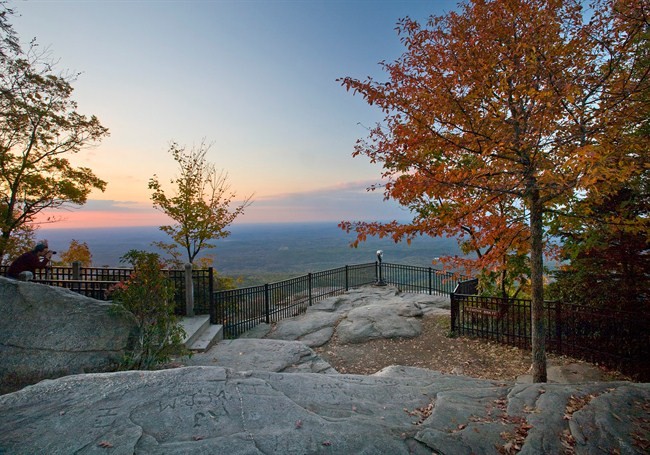“If you invest 100 hours in a rare skill, you’re likely to acquire it.”
I played an accordion since I was four years old and I still play it occasionally. I have invested over 100 hours in learning this musical instrument.
I have been writing since I was a young child and I really enjoy it. I would say that I have over 100 hours invested in it also.
In 2007, I started working with fiber. I began crocheting, then knitting, and then spinning yarn. I still love it and do it daily. I can’t imagine not doing this and I like creating new things.
I have tried several things that I didn’t invest the hours into it. Either I didn’t like it or it didn’t hold my interest. Obviously, I didn’t acquire the necessary skills to be good at it.
I have spent my entire life invested in learning. As a young child, I liked learning new things and getting better at some of the things. As I grew older, I became more specific in the things that I wanted to learn. Even now, I find things that I’m interested in learning how to do. Some things I want to continue to learn about and others may fall to the wayside.
I want to help my students learn that they need to invest the time into a skill if they want to get better at it.
If they want to get better with a musical instrument, they need to consistently practice at it.
If they want to be a better athlete, they need to put in the hours of training.
If they want to be a better reader, they need to read more.
If they want to be a better artist, they need to work hard on creating art.
If they want to get better at gaming, they need to put in the hours of practice.
In this age of instant gratification, most skills do not get perfected immediately and many people get disappointed in this. Usually with patience and hard work, the skill is perfected, but it takes time. Time may be days, months, or even years.
Students seem to think that everything comes easy for everyone else than themselves.
One way that I like to show this to students is to model my learning process. I like to take photos and reflect on my learning from the very beginning. I monitor my progress with more photos and more reflection either on a weekly or monthly basis. When I look back at my starting attempts, I can feel proud of my progress and see how much I have improved.
How do you help your students learn that they need to invest their time into learning? Please share.
Photo by Jonathan Chng on Unsplash



























